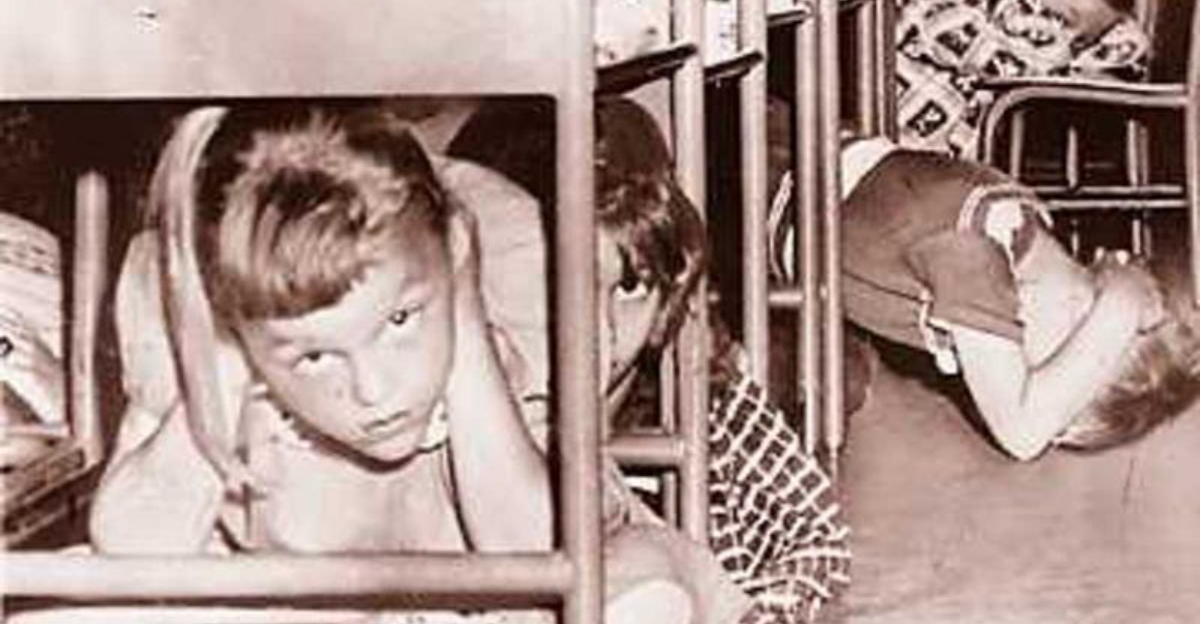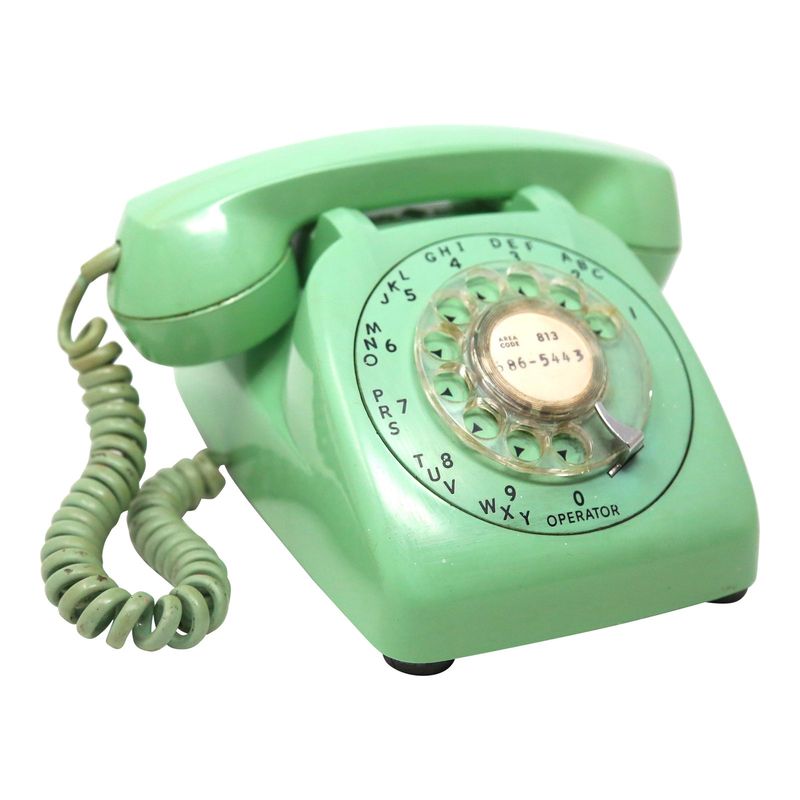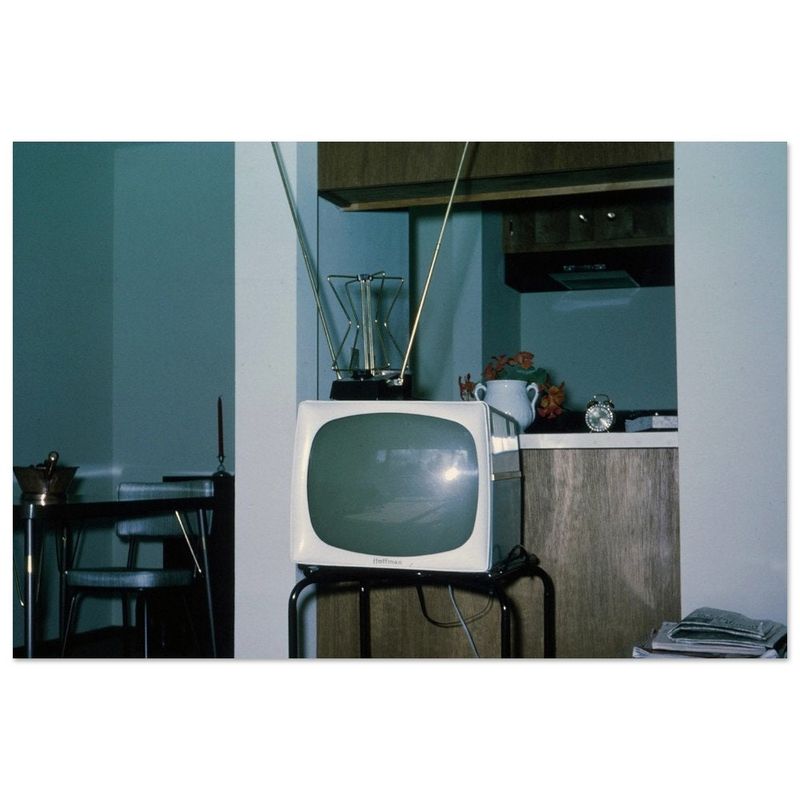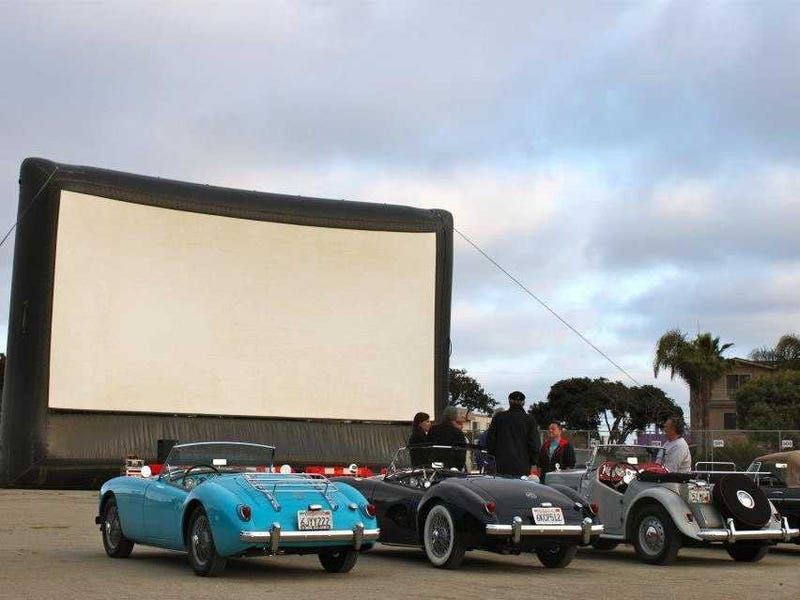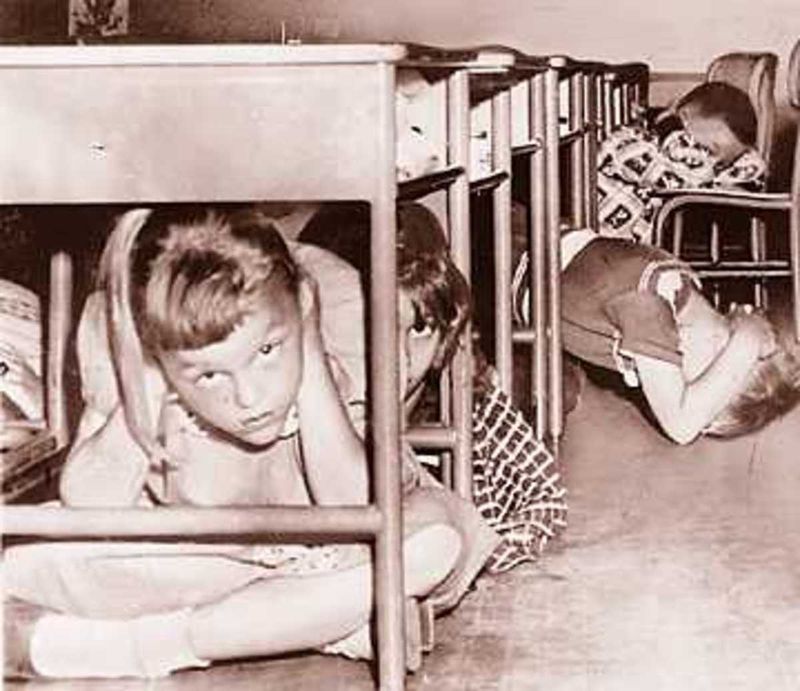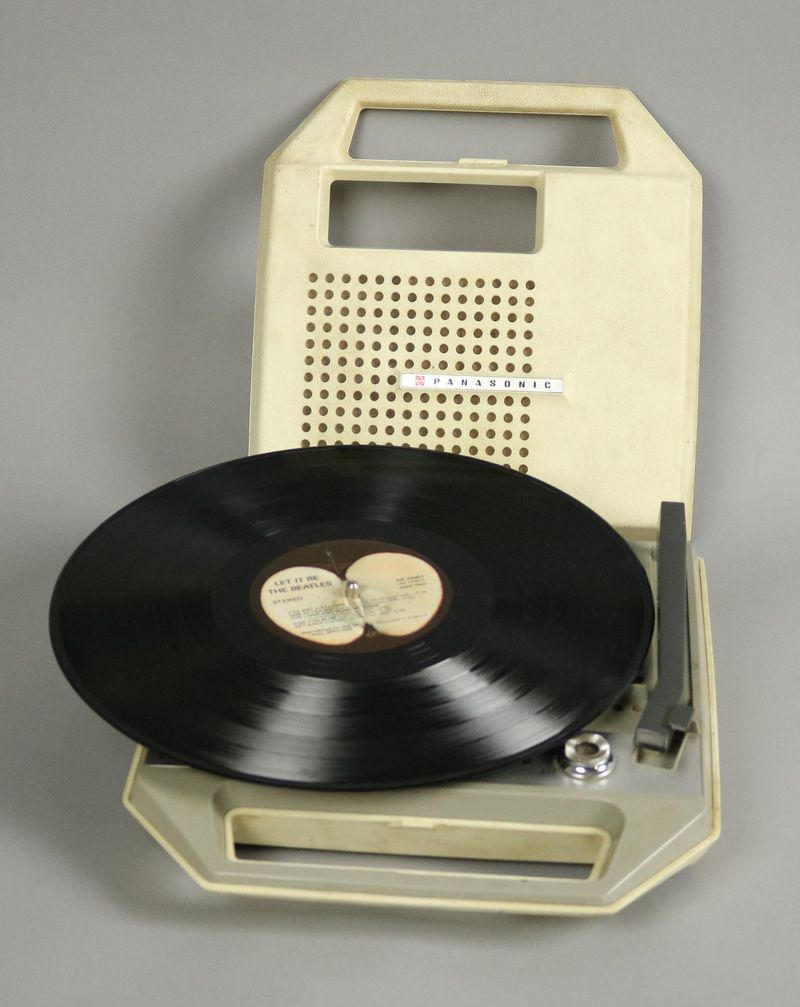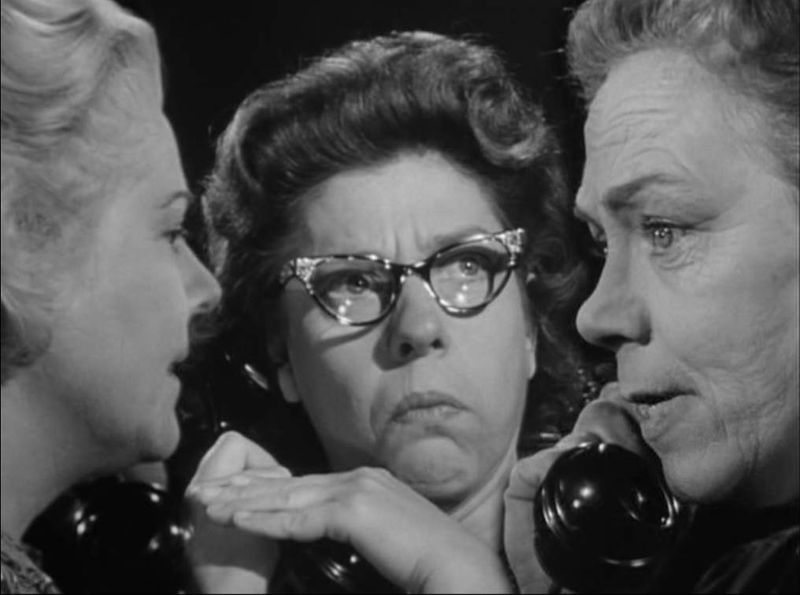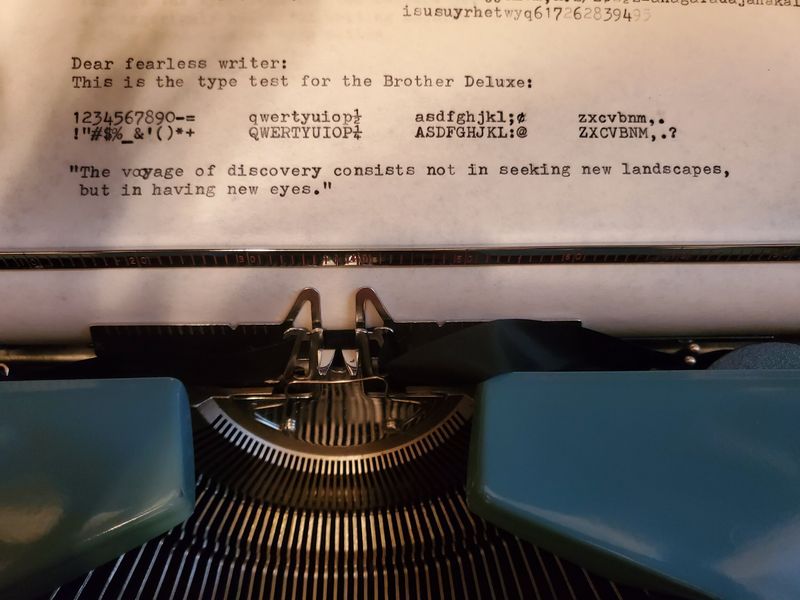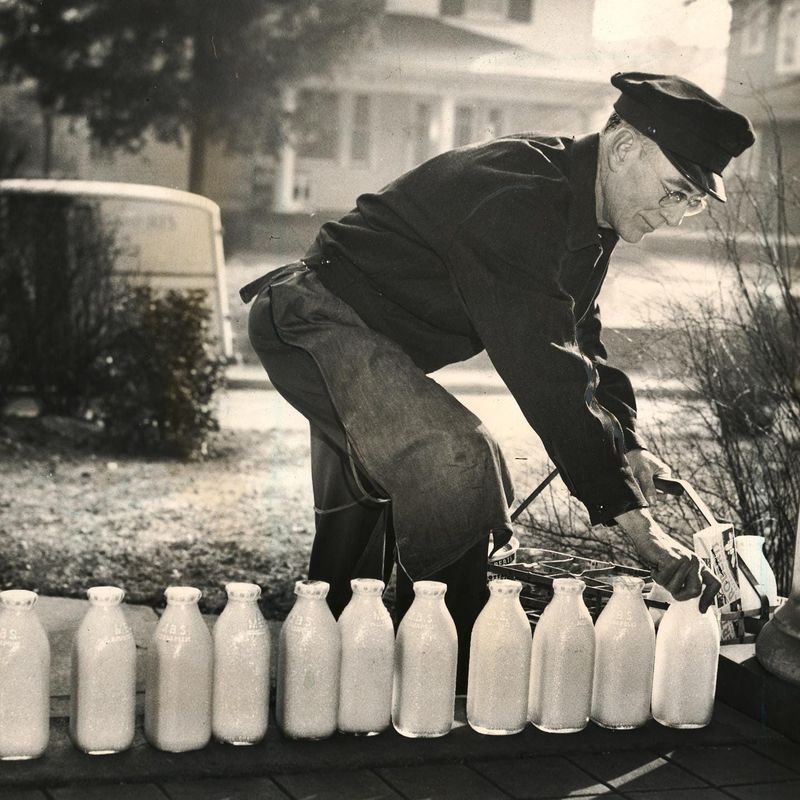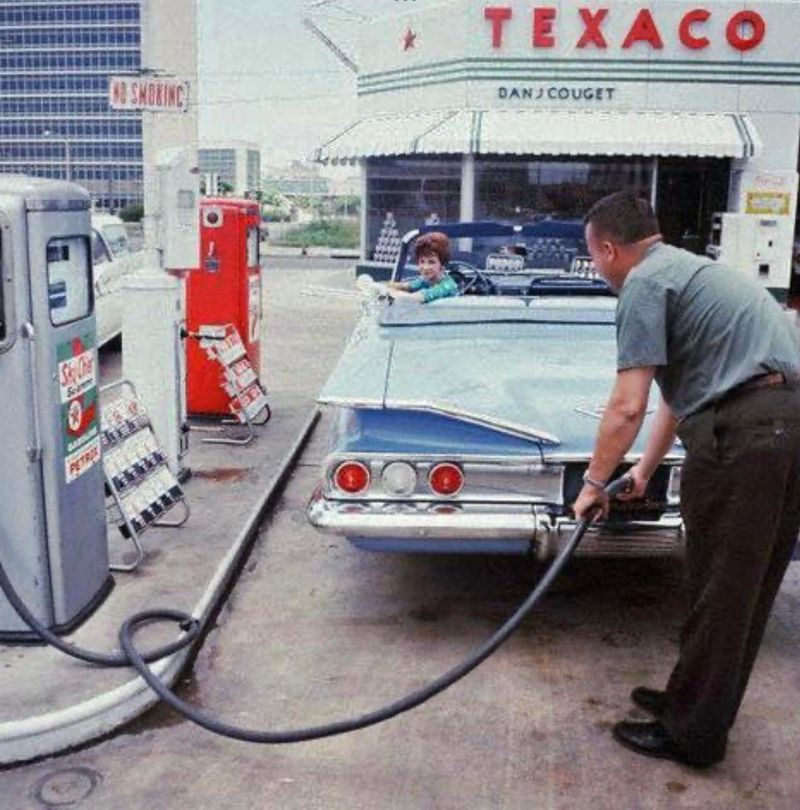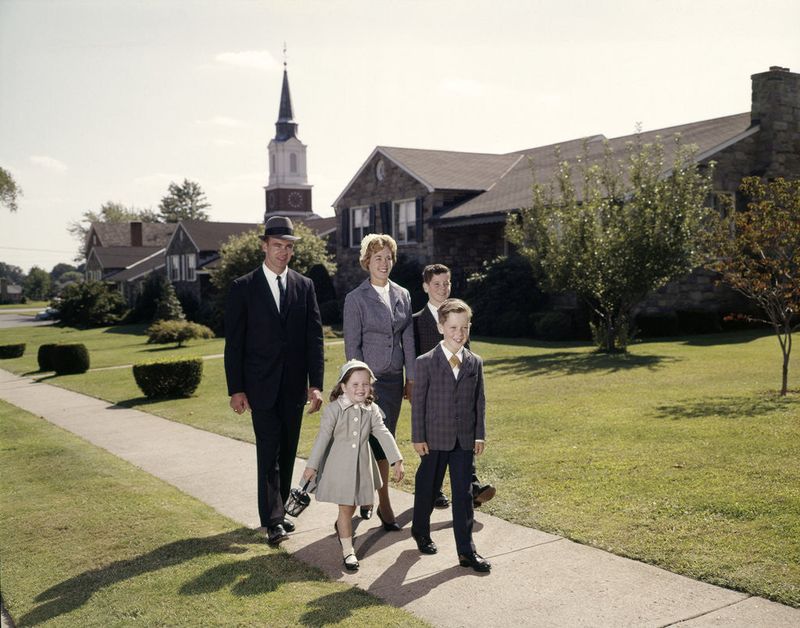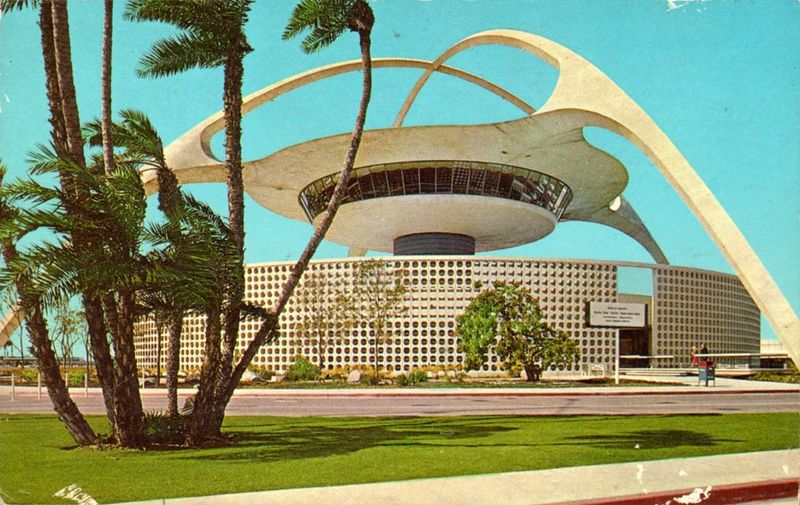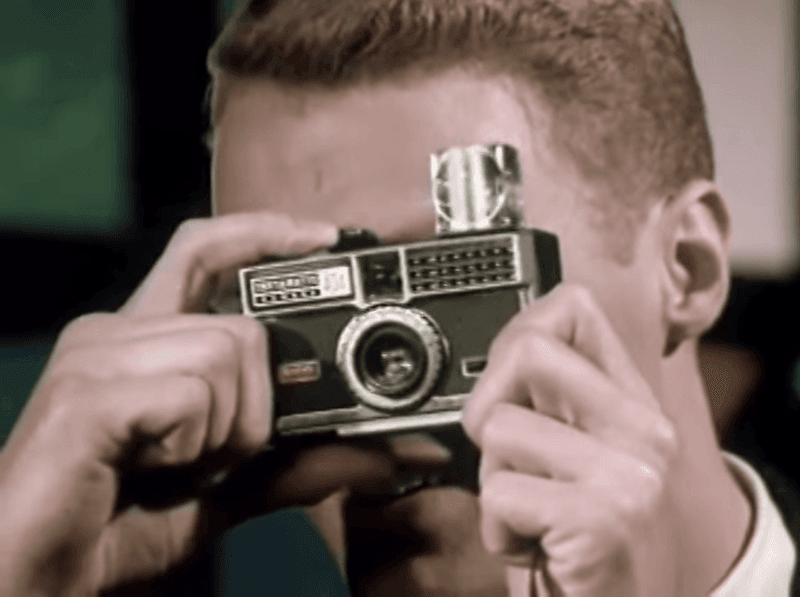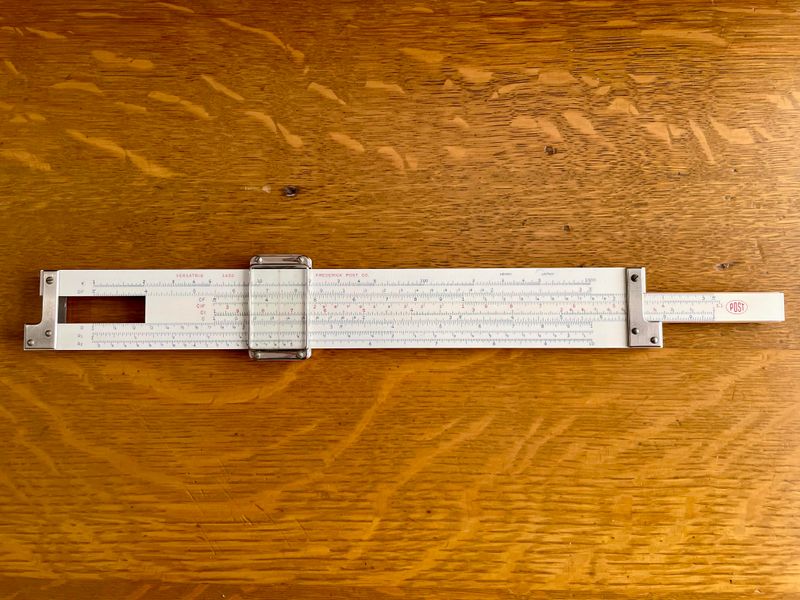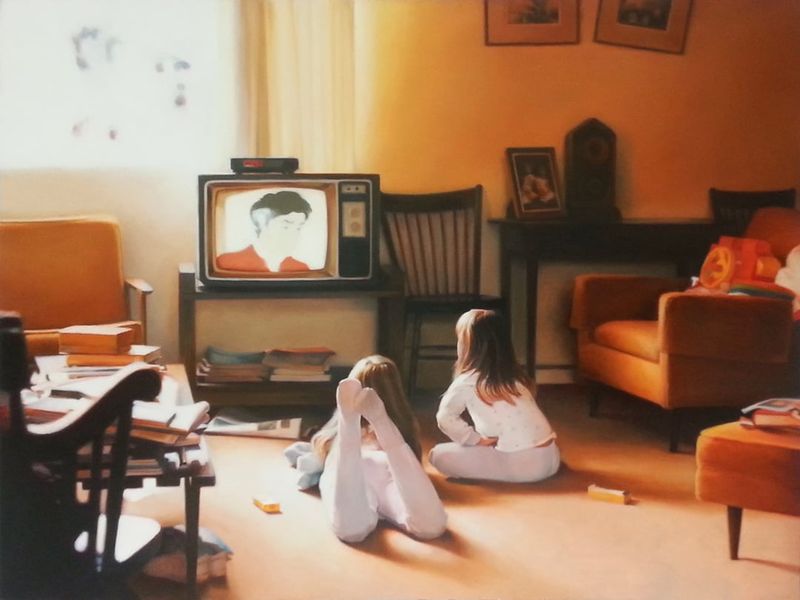The 1960s were a remarkable decade filled with unique experiences that shaped a generation. From rotary phones to vinyl records, this era had gadgets and customs that would seem completely alien to today’s youth. Looking back at these relics gives us a fascinating glimpse into how dramatically technology and society have evolved in just a few decades.
1. Rotary Dial Telephones
Imagine needing to stick your finger in a numbered hole and physically rotate a dial for each digit of a phone number. No touchscreens, no contacts list – just the mechanical click-click-click as the dial returned to position after each number.
Long-distance calls were expensive special events, often planned days in advance. Families would gather around to speak with relatives in other states.
If you wanted to call your crush, you might have to work up the courage to ask their parents who answered first. And if you forgot a number? No redial button – you’d have to start the whole process over again!
2. TV Antennas and Limited Channels
Television viewing was an entirely different experience. Most homes received just three networks – ABC, CBS, and NBC – plus maybe a fuzzy public television station if you were lucky. When reception got bad, someone had to stand by the TV adjusting the rabbit ear antennas while others shouted directions.
Programs aired only at specific times with no way to record shows. Missing your favorite weekly program meant waiting for summer reruns to catch it.
The broadcast day actually ended! After the national anthem played around midnight, channels broadcast nothing but a test pattern until morning programming began.
3. Encyclopedia Sets as Research Tools
Before Google, families invested in massive encyclopedia sets that occupied entire bookshelves. These multi-volume collections represented a significant household investment, often purchased through monthly payment plans from door-to-door salesmen.
School research meant physically flipping through these heavy books, hoping your topic was covered. Finding information required understanding alphabetical organization and index systems. Many sets came with annual yearbooks to keep information “current.”
Popular brands like Encyclopedia Britannica and World Book became status symbols in middle-class homes. Having a complete, up-to-date set showed your family valued education and knowledge.
4. Drive-In Movie Theaters
Saturday nights meant piling into the family station wagon with blankets and pillows for an evening at the drive-in theater. You’d park your car facing the massive outdoor screen and hang a metal speaker on your car window for sound.
The experience was about more than just the movie. Families arrived early to let kids play on swing sets beneath the screen before dark. The concession stand offered special treats like cheeseburgers and root beer floats not available at regular theaters.
Double features were common, though many kids fell asleep during the second film. These outdoor theaters created a unique community atmosphere that streaming services can’t replicate.
5. Air Raid Drills in Schools
The Cold War loomed large in everyday life, especially for schoolchildren who regularly practiced “duck and cover” drills. When sirens sounded, students would crawl under desks or move to designated shelter areas, covering their heads as protection from a potential nuclear attack.
Schools distributed dog tags to children in some cities so bodies could be identified after an attack. Many families built fallout shelters in their basements or backyards, stocking them with canned goods and emergency supplies.
These drills reflected genuine fear of nuclear war with the Soviet Union, particularly after the Cuban Missile Crisis of 1962. The psychological impact of growing up under this constant threat created a unique generational experience.
6. Record Players and 45 RPM Singles
Music came on vinyl discs that required careful handling to avoid scratches. Teenagers saved allowances to purchase 45 RPM singles with one hit song on each side, while albums played at 33⅓ RPM and contained multiple tracks.
Playing records was a hands-on experience. You’d carefully place the vinyl on the turntable, position the needle arm, and gently lower it onto the spinning disc. Listening required being present – no skipping tracks or creating playlists.
Record stores were social hubs where young people gathered to discover new music and discuss favorite artists. Special plastic adapters (resembling spoked wheels) were needed to play 45s on standard turntables – these tiny accessories were constantly getting lost!
7. Party Line Telephones
Many households shared telephone lines with neighbors in what was called a “party line” system. Your specific ring pattern indicated calls were for your family, but anyone on your party line could pick up and listen to your conversations.
Etiquette required limiting call length since others needed to use the shared line. Emergencies took priority, and heated arguments sometimes erupted between families over phone hogging. Teenagers developed codes to communicate privately while others might be listening.
To make a call, you first had to pick up and listen to ensure no one else was using the line. This system created both neighborhood bonds and tensions, with gossip spreading quickly through eavesdropping neighbors.
8. Typewriters and Carbon Paper
Before word processors, typewriters were essential for creating professional documents. Each keystroke permanently struck ink onto paper with no delete button or autocorrect. Mistakes required messy correction fluid or starting over completely.
Carbon paper allowed making copies by placing this special dark sheet between paper pages. The pressure from typewriter keys transferred the impression to multiple sheets simultaneously – though each copy became progressively fainter.
Learning to type was a specialized skill taught in high school classes. Good typists could achieve 60+ words per minute without looking at the keys. The distinctive clacking sound of typing pools filled office buildings, with dozens of secretaries (almost always women) working at rows of machines.
9. Cigarette Advertising Everywhere
Tobacco companies dominated advertising in the 1960s before health warnings were required. Cigarette commercials aired during prime-time television shows, featuring doctors recommending specific brands for “throat protection.” Magazine ads portrayed smoking as sophisticated, healthy, and essential for social success.
Cartoon characters like Joe Camel deliberately appealed to younger audiences. Free sample cigarettes were distributed on street corners and college campuses to recruit new smokers.
Celebrities enthusiastically endorsed cigarette brands, smoking on-screen in movies and TV shows. It wasn’t until 1964 that the Surgeon General’s report definitively linked smoking to cancer, eventually leading to advertising restrictions that today’s kids have never experienced.
10. Milk and Bread Home Delivery
Early mornings in 1960s neighborhoods featured milkmen delivering glass bottles to doorsteps before dawn. Families would leave empty bottles and payment in metal boxes, sometimes with notes requesting extra items like eggs or cream.
Similarly, bakery trucks followed regular routes, bringing fresh bread directly to homes. The distinctive sound of these delivery vehicles brought children running for fresh-baked treats.
This system operated on remarkable trust – deliveries often happened while families slept, with money left outside overnight. The personal relationships between delivery people and families created community connections. Insulated metal boxes on porches kept milk cold until families awoke.
11. Gas Station Attendants
Pulling into a gas station in the 1960s meant full service with no extra charge. Uniformed attendants pumped your gas, cleaned windshields, checked oil levels, and examined tire pressure – all while you remained comfortably seated in your car.
These workers often knew regular customers by name and their vehicle preferences. Many stations offered free drinking glasses, stamps, or other collectibles with fill-ups as promotional items to build customer loyalty.
Gas was incredibly cheap by today’s standards – around 30 cents per gallon – and attendants routinely provided free local maps and directions. The transition to self-service pumps didn’t become widespread until the 1970s energy crisis forced cost-cutting measures.
12. Dress Codes and Formal Social Expectations
Social occasions required specific attire that followed strict rules. Men wore hats outdoors (removing them indoors) and women wore gloves for shopping or church. Even children dressed formally for school, with boys in pressed slacks and girls in dresses or skirts – never pants.
Airlines, restaurants, and theaters enforced dress codes prohibiting casual clothing. Passengers dressed up for flights, often in suits and dresses, as air travel was considered a special occasion.
Formal written thank-you notes were expected after receiving gifts or attending dinner parties. The rapid casualization of American society that began in the late 1960s completely transformed these rigid social expectations that had governed daily life.
13. Atomic Age Optimism
Despite Cold War tensions, the 1960s maintained remarkable optimism about atomic energy revolutionizing daily life. Popular science magazines featured atomic-powered cars, planes, and home appliances as inevitable future developments just around the corner.
Nuclear energy was marketed as a clean solution that would make electricity “too cheap to meter.” Some cosmetics even boasted radioactive ingredients as beneficial health features! The atom symbol became a popular design motif in furniture, clocks, and dishware.
This technological optimism extended to space exploration, with families gathering around televisions to watch rocket launches. The era’s distinctive “Googie” architecture with starbursts and boomerang shapes reflected this atomic age aesthetics that permeated everyday design.
14. Film Photography Limitations
Taking photos required thinking carefully before pressing the shutter. Film rolls typically contained just 24 or 36 exposures, and each shot cost money to develop. Families often saved photography for special occasions rather than documenting everyday moments.
After finishing a roll, you’d take it to a photo center for developing, waiting days or even a week to see if your pictures turned out well. Blurry shots, closed eyes, or poor exposure meant lost memories with no do-overs.
Flash photography used disposable bulbs that worked just once before being replaced. The anticipation of picking up developed photos created excitement, with families gathering to view new pictures and decide which were worthy of album space.
15. Slide Rules Instead of Calculators
Before pocket calculators became available in the 1970s, students and professionals performed complex calculations using slide rules. These ruler-like devices contained sliding scales that performed multiplication, division, and advanced functions through the alignment of logarithmic markings.
Engineering students carried leather cases with precision slide rules that could cost several weeks’ wages. Mastering these tools required significant practice and understanding of mathematical principles.
The first electronic calculators cost over $100 (equivalent to nearly $800 today) and could only perform basic functions. When Texas Instruments introduced the first affordable pocket calculator in 1972, slide rules quickly became obsolete, representing one of the fastest technological transitions of the 20th century.
16. Saturday Morning Cartoons as Special Events
Children of the 1960s planned their entire week around Saturday morning – the only time networks aired children’s programming. From approximately 8 AM to noon, kids would sit transfixed before TV sets watching cartoons while parents caught extra sleep.
This shared cultural experience meant schoolyard conversations on Monday inevitably included discussions of Saturday’s shows. Cereal companies specifically targeted these broadcasts with colorful, sugar-laden products and toy premiums advertised between programs.
With no recording options or on-demand viewing, missing a Saturday morning meant waiting an entire week for another chance. The anticipation and special nature of these limited broadcast windows created a unique viewing experience today’s kids with 24/7 streaming options cannot comprehend.
